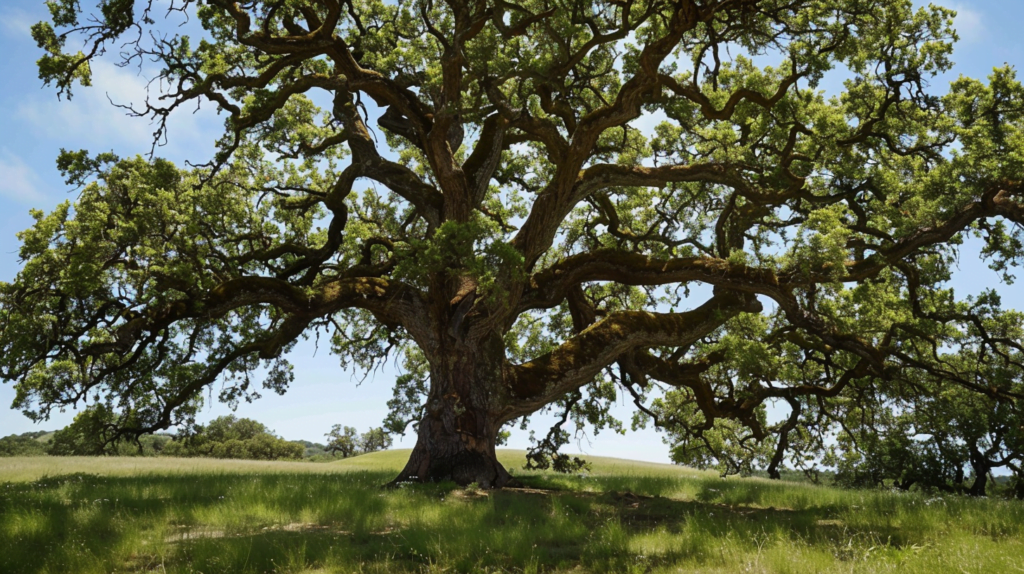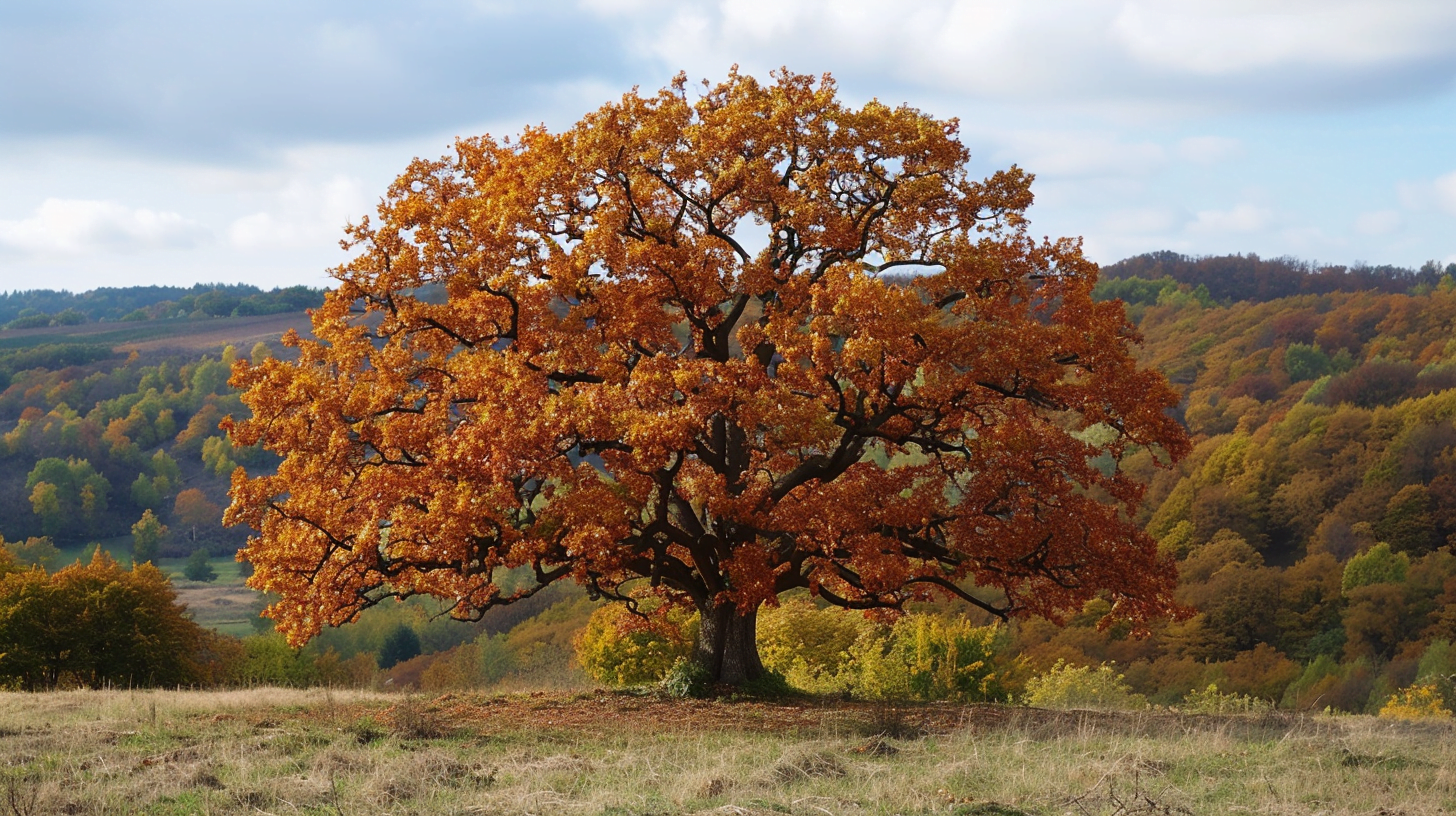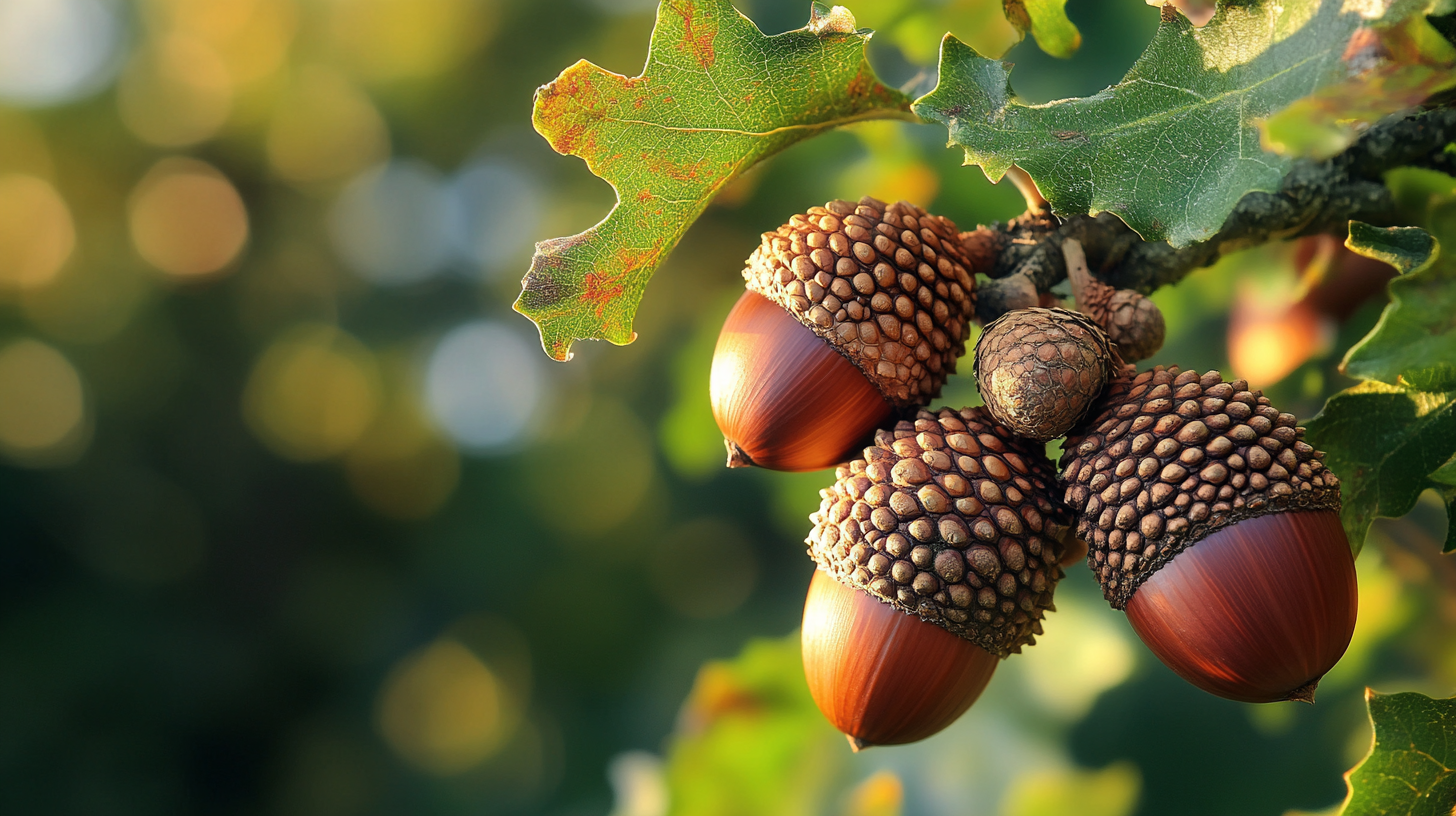Table of Contents
Did you know that oak trees are one of the most iconic and beloved trees in the world? These majestic trees have captured the hearts of people for centuries, with their impressive size, longevity, and the countless benefits they provide to the environment. But have you ever wondered about the scientific classification of oak trees? In this article, we’ll explore whether oak trees are angiosperms and delve into the fascinating world of plant classification.
What Are Angiosperms?
Angiosperms, also known as flowering plants, are the most diverse group of land plants on Earth. They are characterized by the presence of flowers, fruits, and enclosed seeds. Angiosperms are distinguished from gymnosperms, another major group of seed plants, by their reproductive structures. While gymnosperms bear uncovered seeds on the surface of scales or leaves, angiosperms produce seeds enclosed within an ovary, which develops into a fruit.
The Oak Tree Family: Fagaceae
Oak trees belong to the Fagaceae family, which includes other notable genera such as Castanea (chestnuts) and Fagus (beeches). Members of the Fagaceae family share several common characteristics:
- They are woody plants, typically trees or shrubs
- Their leaves are usually alternate and simple
- They produce unisexual flowers
- Their fruits are nuts, often partially or entirely enclosed by a cupule or husk
Classifying Oak Trees
To understand whether oak trees are angiosperms, let’s take a closer look at their taxonomic classification:
- Kingdom: Plantae
- Phylum: Tracheophyta
- Class: Magnoliopsida
- Order: Fagales
- Family: Fagaceae
- Genus: Quercus
There are approximately 500 species of oak trees worldwide, with a wide distribution across the Northern Hemisphere.

Oak Tree Reproduction
One of the key characteristics of angiosperms is the presence of flowers, and oak trees are no exception. Oak trees are monoecious, meaning they bear both male and female flowers on the same tree.
- Male flowers: Also called catkins, these elongated clusters of flowers hang down from the branches and produce pollen.
- Female flowers: These small, inconspicuous flowers are located in the axils of leaves or on the tips of shoots.
Pollination in oak trees is primarily carried out by wind. After pollination, the female flowers develop into acorns, which are the fruits of oak trees. Acorns consist of a single seed enclosed within a tough, leathery shell and a cup-like structure called a cupule. Acorns mature over one to two years, depending on the species, and are dispersed by animals such as squirrels, jays, and rodents.
Angiosperm Characteristics in Oak Trees
Now that we’ve explored the reproductive structures of oak trees, let’s compare them to the defining characteristics of angiosperms:
- Presence of flowers: Oak trees produce both male and female flowers, aligning with the angiosperm characteristic of having flowers.
- Production of fruits: Acorns, the fruits of oak trees, develop from the fertilized ovaries of the female flowers. This is consistent with the angiosperm trait of producing fruits.
- Enclosed seeds: The seeds of oak trees are enclosed within the acorn’s tough shell, fulfilling the angiosperm characteristic of having enclosed seeds.
Based on these comparisons, it is clear that oak trees possess the key characteristics of angiosperms and can be classified as such.
The Importance of Oak Trees
Oak trees play a vital role in the ecosystems they inhabit. They provide numerous ecological, economic, and cultural benefits:
- Wildlife habitat: Oak trees support a wide variety of wildlife species by providing food, shelter, and nesting sites.
- Nutrient cycling: The deep root systems of oak trees help to cycle nutrients and maintain soil health.
- Carbon sequestration: As large, long-lived trees, oaks are effective at sequestering carbon dioxide from the atmosphere, helping to mitigate climate change.
- Timber industry: Oak wood is highly valued for its strength, durability, and aesthetic qualities, making it a popular choice for furniture, flooring, and construction.
- Landscaping and ornamental use: Oak trees are widely used in landscaping and as ornamental trees due to their attractive appearance and the shade they provide.
- Cultural and historical importance: Throughout history, oak trees have been revered for their symbolism, often representing strength, wisdom, and longevity.
FAQs About Oak Trees and Angiosperms
- Are all oak species deciduous?
No, while most oak species are deciduous, some evergreen oak species exist, particularly in warmer climates. - How long do oak trees live?
Oak trees are known for their longevity, with some species capable of living for several hundred years. The oldest recorded oak tree, the Pechanga Great Oak in California, is estimated to be over 2,000 years old. - What is the difference between red oaks and white oaks?
Red oaks and white oaks are two major groups within the Quercus genus. The main differences between them are: Characteristic Red Oaks White Oaks Leaf lobes Pointed Rounded Acorn maturation 2 years 1 year Wood porosity Open Closed - Can oak trees hybridize with other Fagaceae species?
Yes, oak trees can hybridize with other closely related species within the Quercus genus. Hybridization is relatively common among oaks, leading to the existence of numerous hybrid species. - Are oak trees monoecious or dioecious?
Oak trees are monoecious, meaning that both male and female flowers are present on the same tree.

Conclusion
In conclusion, oak trees are indeed angiosperms, exhibiting the key characteristics of flowers, fruits, and enclosed seeds. Understanding the classification of oak trees as angiosperms helps us to better appreciate their place in the plant kingdom and their relationship to other flowering plants.
By exploring the fascinating world of oak trees, we gain a deeper understanding of their ecological importance, economic value, and cultural significance. So the next time you admire a majestic oak tree, take a moment to reflect on its status as an angiosperm and the incredible diversity of life that exists within the plant kingdom.




